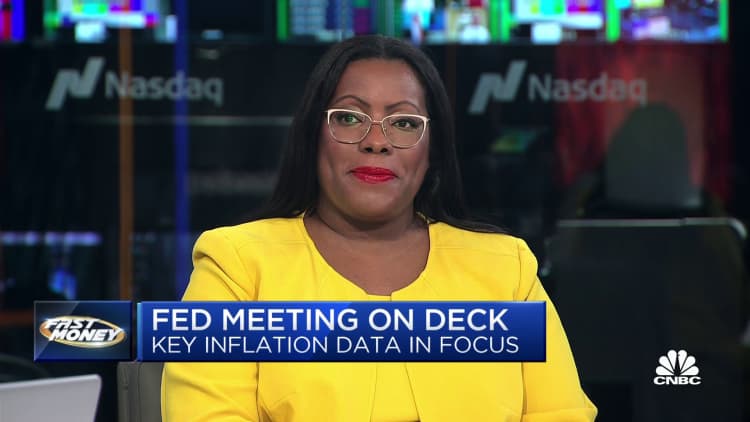Despite inflation concerns, most middle-income Americans still aren't leveraging higher interest rates for savings.
That's according to a new Santander survey of roughly 2,200 middle-earning U.S. adults, conducted in early September.
Some 64% of middle-income Americans are earning less than 3% on their primary savings account, the findings show. By comparison, the top 1% average of high-yield savings accounts offer close to 5%, as of Oct. 30, according to DepositAccounts.
More from Personal Finance:
Credit scores hit all-time high as households fall deeper in debt
Biden administration has forgiven $127 billion in student debt
Save on taxes by tapping inherited retirement accounts sooner
The bank was surprised that 22% of consumers still don't know how much they are earning on savings, said Tim Wennes, CEO of Santander U.S.
But a lack of awareness isn't the main reason why Americans aren't taking advantage of higher rates, according to the survey. The top reason for not moving funds — applying to some 37% of respondents — was because they either don't have any savings or don't have enough to "make it worthwhile."
However, some 36% of those surveyed have at least $10,000 in savings, Wennes pointed out.
"I would argue it is worth their while" to explore higher-yielding options, he said. "Become aware, look at your statements and then take action."

The survey also uncovered a lack of knowledge about the definition of savings products such as certificates of deposit, high-yield savings accounts or money market accounts.
Certificates of deposit can lock in higher rates
As Americans brace for another interest rate update from the Federal Reserve this week, experts say savers may consider opening a CD to secure higher rates for a set period of time. While the central bank isn't expected to raise rates, future policy shifts are still unclear.
Currently, the top 1% average of CDs are offering nearly 5.75% for a one-year term, as of Oct. 30, according to DepositAccounts.
"More and more of our customers are asking about higher interest rates," said Wennes, noting there's been a decade-high uptick in CD interest.
Compared with options such as high-yield savings or Series I bonds, top rates for one-year CDs could be a better deal, according to Ken Tumin, founder and editor of DepositAccounts.com.
Of course, the right savings option largely depends on your goals and timeline. If you need to tap the funds in less than a year, CDs typically have an interest penalty, which lowers your overall yield.
For more on certificates of deposit, check out CNBC Select's recent ranking on the best CD rates.


